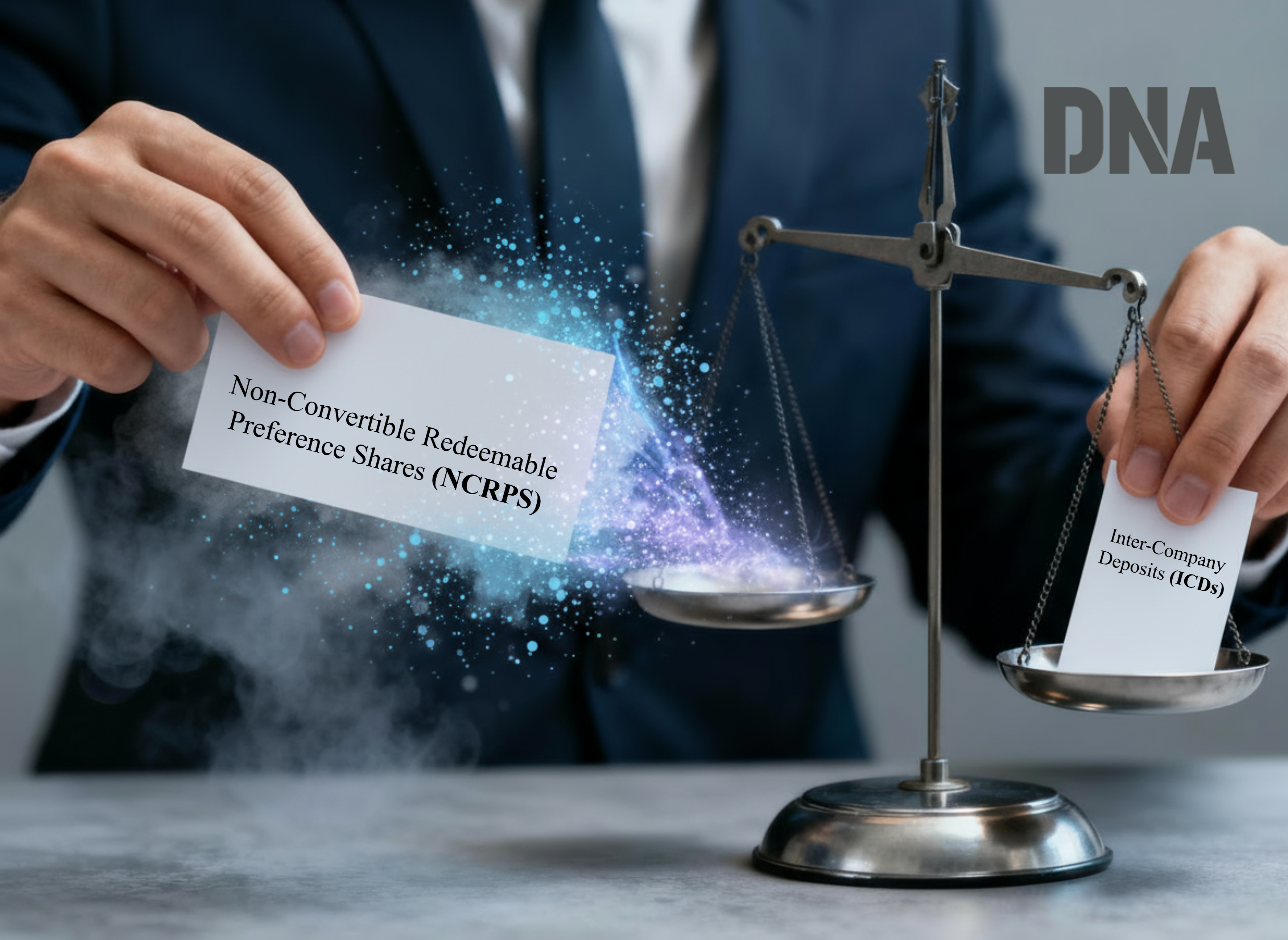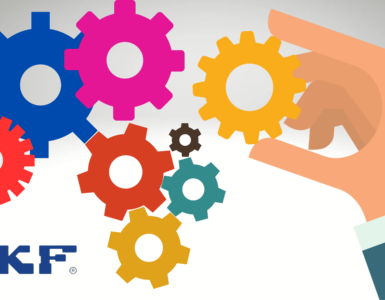In order to hive off some non core business and pare debt, DLF concluded the sale of luxury hospitality chain Aman Resorts for an enterprise value of $358 million (approx Rs 2,230 crore). The country’s largest real estate company also got a refund of Rs 675.8 crore from the Delhi Development Authority (DDA) for returning a piece of land in Dwarka where it had planned to build a convention and exhibition center. These proceeds helped DLF pare its towering debt of Rs19,500 crore.
DLF has a unique business model with earnings arising from development and rentals. The development business mainly comprises of residential development and certain commercial and shopping complexes, including those that are integral to the residential developments. The company’s rental business involves leasing of it’s developed commercial and retail properties. In 2006, DLF took a strategic move to enter into hotel business to become a leading hospitality player in the country through integrated hotel development and management. In this regard, DLF entered into JV with Hilton Hotels and thereafter it acquired Aman Resorts in 2007-08. Aman Resorts operates many boutique resorts across the world including Aman Lodhi, a luxury hotel in Delhi. Apart from hotel business, DLF also entered into certain other businesses e.g. life insurance and asset management business, windpower business, retail brand operations.
DLF entered capital market in July 2007 and tried to expand rapidly with high leverage. However, the global liquidity and credit crises in 2008 and inflationary pressures within the domestic economy impacted the business severely. Since then, DLF is struggling to revive growth, enhance operating margins and reduce debt.
Drop in both operating profit and net profit is mainly attributed to increased interest cost. Post acquisition of land, more and more interest cost may have been capitalized to the cost of land in earlier years, due to which cost of stock may have increased in subsequent years. With the increase in the cost of stock without the corresponding increase in selling price may have resulted in lower operating profit margin. It seems investing in a large parcel of land without having defined a plan for construction and sale or financing of such land purchase through loan has worked against the company .
Understanding the need of reducing the piling loan and focus on core business, the management of DLF at the beginning of FY10 had earmarked a programme for divestment of select noncore assets which primarily comprised of money or advances to be received from the government for long gestation integrated township projects and convention centers, hotel land and other land parcels with no immediate development plans, advance license fee refunds, hotel business, life insurance and asset management business, windpower business, retail brand operations, etc.
During 2010 to 2013, DLF had realized approximately Rs 8,000 crore from the sale of noncore assets and with the present sale of Aman Resorts, refund from DDA and sale of windmills, sale of Star Alubuild and sale of stake in insurance JV, these amounts are likely to increase to approx Rs 12,000 crore in FY 201415 and consolidated debt of DLF is likely to reduce from current level of approx Rs 19,500 crore to Rs 17,500.
| Year | Amt realized (Rs crore) | Non-core assets divested |
| 2009-10 | 1,800 | Land parcels, asset management JV |
| 2010-11 | 1,270 | Land parcels in select cities, retail brand operations |
| 2011-12 | 1,774 | Land parcels in select cities, certain hotel land parcels, Noida IT Park and Pune IT Park |
| 2012-13 | 3,160 | Land parcels in select cities (Mumbai and NCR) – Lodha Deal, Hotel land parcels in Chennai, Mysore, Kolkata |
| 2013-15 | 4000
(approx) |
Aman Resorts, refund from DDA, 76% stake in Insurance JV, windmill/turbile in Gujarat, Rajasthan, Karnataka, Tamil Nadu, 60% stake in Star Alubuid* |
| Total | 12,004 |
*Star Alubuild specializes in designing, engineering, fabrication, and installation of curtain walls for commercial buildings, retail malls and doors & windows for projects throughout India.
With the sale of Aman Resorts, a refund from DDA and sale of insurance and windmill business, a major chapter of asset divestiture is closed for DLF, though they still have land parcels and assets spread across different part of the country including a 17acre land parcel in Hyderabad. It is important for DLF to grow the top line and improve the operational margins, through which only the remaining debt and interest cost can be reduced. To sum up, as seen from the DLF case, focused strategies and vigilant approach are very crucial in the current economic scenario which is full of uncertainties.




